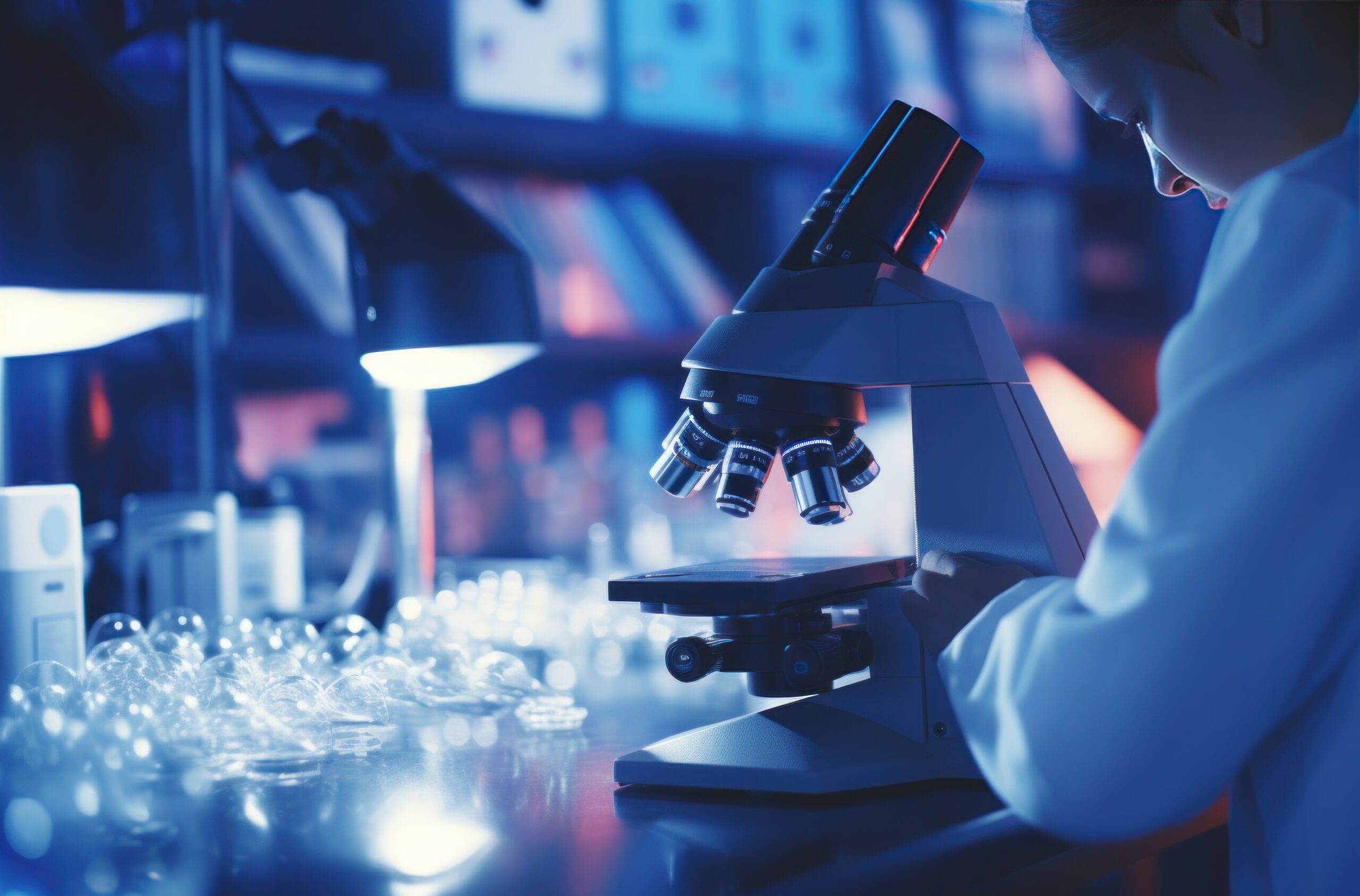Your cart is currently empty!
Best Type of Insulin Syringe for Peptide Reconstitution
For peptide reconstitution, the best type of insulin syringe is typically one with a small capacity (such as 1 ml or 0.5 ml) and fine gauge needles. While insulin syringes are primarily designed for insulin administration, their small size and fine needles make them well-suited for precise measurements when reconstituting peptides, particularly for small doses. Here’s why:
1. Small Capacity (1 ml or 0.5 ml)
- Precision: Insulin syringes are marked in units rather than milliliters, with each unit representing a small amount of liquid. This is beneficial when you need to measure small volumes of solvent (like bacteriostatic water or saline) accurately for peptide reconstitution. Most peptide vials require only a small volume of liquid to reconstitute, making a 1 ml or 0.5 ml syringe ideal.
- Ease of Handling: Insulin syringes are compact and easy to handle, especially for people who require careful, controlled reconstitution.
2. Fine Gauge Needles (28G to 31G)
- Comfort: Insulin syringes typically come with fine gauge needles (usually in the range of 28G to 31G). Fine needles are less painful when injecting or drawing the peptide solution, which is especially important if multiple reconstitution steps or injections are involved.
- Suitability for Peptides: Peptides, especially when reconstituted, can have a relatively low viscosity, so a small-gauge needle is sufficient for drawing the liquid without clogging.
3. Graduation Markings
- Accuracy: Insulin syringes have precise graduation markings, allowing you to accurately draw small amounts of solvent. For example, a 1 ml insulin syringe typically has increments as small as 0.01 ml, which is helpful for accurately measuring the reconstitution volume.
4. Luer Lock or Slip Tip
- Luer Lock: Some insulin syringes are available with a Luer Lock mechanism that securely attaches to the needle, preventing it from coming off during the process of drawing or injecting. This is useful if you plan on using a blunt-fill needle for reconstitution.
- Luer Slip: Others have a Luer Slip tip, which is convenient for rapid assembly but might not provide as secure a fit as Luer Lock syringes.
Ideal Syringe for Peptide Reconstitution:
- 1 ml or 0.5 ml insulin syringe
- 28G to 31G needle (for less pain and ease of drawing the solution)
- Luer Lock or Slip (depending on your preference and needle attachment)
Why Insulin Syringes Work Well for Peptides:
- The small capacity allows you to accurately measure small amounts of solvent needed to reconstitute peptides.
- The fine gauge needle minimizes discomfort and ensures precision when drawing the reconstituted solution.
For peptide reconstitution, insulin syringes are an excellent choice for precise, accurate, and comfortable handling, especially when dealing with small volumes and concentrations.
Categories
- BPC-157
- CJC-1295 (with DAC)
- CJC-1295 No Dac
- Epithalon
- Follistatin
- General Peptide
- GHK-cu (Copper Peptide)
- GLP-1/GIP
- GnRH (Gonadotropin-Releasing Hormone)
- HCG (Human Chorionic Gonadotropin)
- Ipamorelin
- Kisspeptin
- Melanotan II (MT2)
- MK-677 (Ibutamoren)
- MOTS-c
- NAD+
- Oxytocin
- Peptide Storage
- Peptides
- PT-141 (Bremelanotide)
- Research Dosages
- Research Supplies
- Retatrutide
- Selank
- Semaglutide
- SNAP-8
- TB500 (Thymosin Beta-4)
- Tirzepatide
- Topical Peptides

